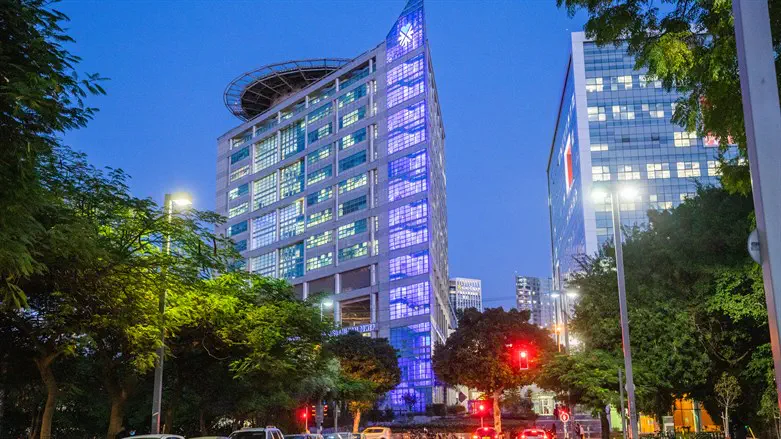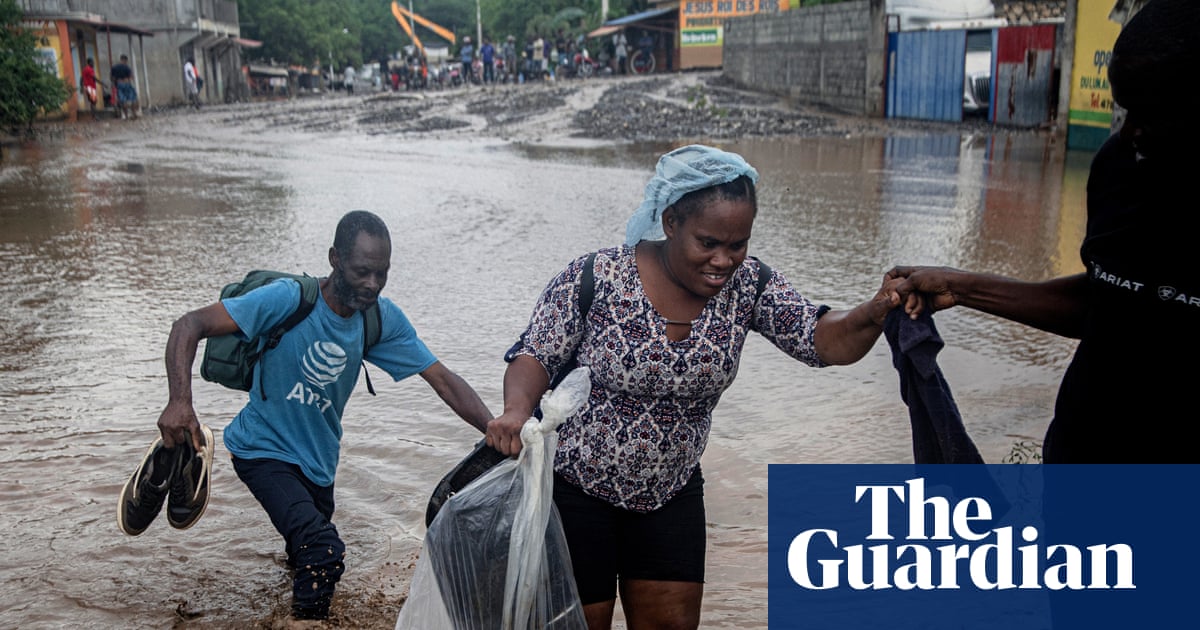Hurricane Melissa has wreaked havoc across parts of the Caribbean in recent days, after first making landfall in Jamaica on Tuesday night as a category 5 storm – the highest strength. This was the most powerful storm to strike the island nation, packing winds of up to 185mph at its peak.
Western parts of Jamaica were worst hit, with 90% of homes in the town of Black River losing their roof or being destroyed entirely. Roughly three-quarters of the country lost electricity, with at least 19 people known to have lost their lives at the time of publication. The cleanup operation was hampered by thunderstorms even after Melissa cleared to the north. The hurricane continued northwards, but was a slightly weakened category 3 storm by the time it made landfall in Cuba. Nonetheless, the storm continued to bring winds of up to 120mph and torrential rains.
Haiti was particularly badly affected by flash floods and landslides, with at least 30 people believed to have been killed as a result.
Melissa has continued its journey north-east towards Bermuda and the Bahamas, and is expected to transition into a post-tropical system as it rapidly moves into the Atlantic.
Meanwhile, in the Indian Ocean, Cyclone Montha moved into south-east India over the last few days. The storm made landfall on Tuesday, with the state of Andhra Pradesh largely affected. Ahead of the storm, authorities evacuated 38,000 people from low-lying areas, with schools closed and relief camps set up in preparation. Rainfall totals of 200-250mm were seen as the system moved inland, resulting in widespread flooding. Current estimates put the damage at 53bn rupees ($603m), with the farming sector particularly badly hit as at least 120 animals were killed.
Finally, prolonged torrential rain in Vietnam has led to the flooding of homes, farmland and the Unesco world heritage sites in Hue and Hoi An at the start of this week. The highest 24-hour rainfall recorded was about 1,700mm, which resulted in a major river reaching its highest level since 1964, at 5.62 metres. Residents used boats to traverse the streets, with authorities evacuating residents and more than 40,000 tourists. At least 10 people have been killed, and eight others are missing. More than 128,000 houses have flooded, some inundated in more than three metres of water. Additionally, Vietnam’s environmental ministry reported that more than 12,300 acres (5,000 hectares) of crops have been destroyed and more than 16,000 cattle have died. Moreover, landslides in the mountainous regions have blocked roads and mountain passes, leaving drivers stranded.
First Appeared on
Source link













